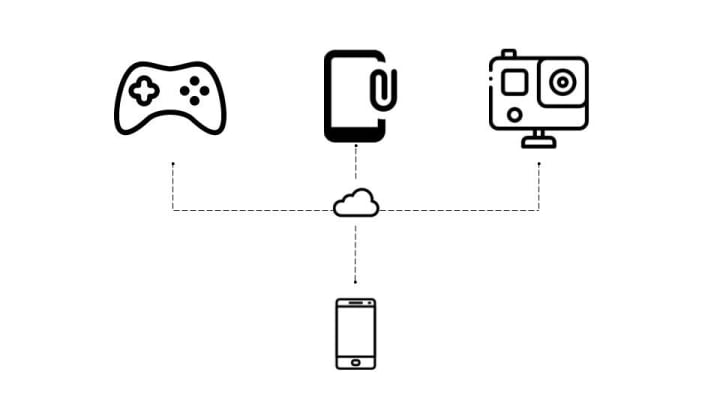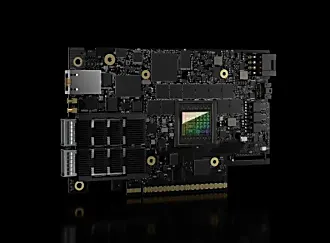Galem KAYO
on 21 January 2020
With the launch of the iPhone in 2007, mobile users were introduced to the smartphone as we still know it today: touchscreen, cameras and app stores. The launch of Android spurred low-cost alternatives to the iPhone, bringing the smartphone to the masses. Popularisation and growth in app consumption drove demand for mobile broadband.
Smartphones, app stores and mobile broadband are the foundations of mobile UX today. However, we’ve been using mobile devices the same way for over a decade now. But, with Anbox Cloud delivered by telcos, this is about to change.
What’s Anbox Cloud?
Anbox Cloud is a mobile cloud computing platform that containerises mobile workloads using Android as a guest operating system. With Anbox Cloud, mobile applications can resort to boundless compute and storage capacity in the cloud. Graphics are streamed to clients running in any web browser, or wrapped into mobile or desktop applications.
Using Anbox Cloud, telecommunication providers can create disruptive mobile user experiences for their 4G, LTE and 5G mobile network customers. Let’s see how.
Applications-as-content
With Anbox Cloud, applications are ceased to be delivered as locally installed software binaries. Mobile apps become remotely streamed content. Streaming from the cloud frees apps from hardware compatibility constraints.
In a world where apps are streamed, mobile users have access to a much richer selection. As a consequence, apps can be discovered and consumed as seamlessly as media content currently is. Think of an experience akin to Netflix, Spotify or Youtube: recommended systems, subscriptions, advertising and all.

Anbox Cloud can be hosted within the cloud infrastructure of telco operators. This allows mobile operators to own their own branded distribution channel for apps, thereby breaking away from the Google-Apple duopoly of centralised app stores. Telco owned app catalogs, delivered via Anbox Cloud, open new avenues for innovative value added services.
Cloud-augmented smartphones
Anbox Cloud gives the flexibility to offload compute, storage and energy intensive applications from mobile devices to hyperscale clouds. What’s more, any number of virtual devices can be instantiated on demand in the elastic cloud.
Offloading and elasticity are orchestrated to augment capability-constrained mobile devices. Any smartphone can be spinned into a hyper-phone, with several clones running in parallel in the cloud.

Through cloud augmentation of smartphones, telco operators can deliver traditionally device-dependant features from their cloud infrastructure. This strengthens their position in mobile telecommunications ecosystems by reducing reliance on mobile OEMs for shaping user experience.
Consistent user experience is accessible to any user regardless of the device they own. Besides consistency, user experience becomes utterly enriched on any phone. Imagine users capable of turning any given smartphone into a gaming console, a workplace device, or even an action camera, at the push of a button, thanks to the cloud.
Democratising wearables and headsets
When it comes to AR/VR headsets and wearables (like smart glasses), first class performance is highly dependent on ultra-powerful hardware. Due to this constraint, highly performant wearables and headsets are neither mobility friendly nor power efficient yet. Most crucially, they are not affordable to the masses. However, the confluence of 5G and Anbox Cloud changes these circumstances.

Offloading graphically intensive processes to the telco edge clouds through Anbox Cloud, frees OEMs from the need to embed such capabilities in devices. This can drive the hardware bill of materials (BOM) cost down, while also easing portability. Hardware affordability will in turn open up new lines of services for telco operators, beyond mobile telephony.
Try-out Anbox Cloud
Telco operators are granted priority access to the Anbox Cloud demo service. If you are a mobile telco innovator, sign-up today. Evaluation licenses are available for companies that want to go one step further and develop a proof of concept. To accelerate your time to market, Canonical will be by your side for engineering support. Get in touch with us to know more about our terms of commercialisation.



